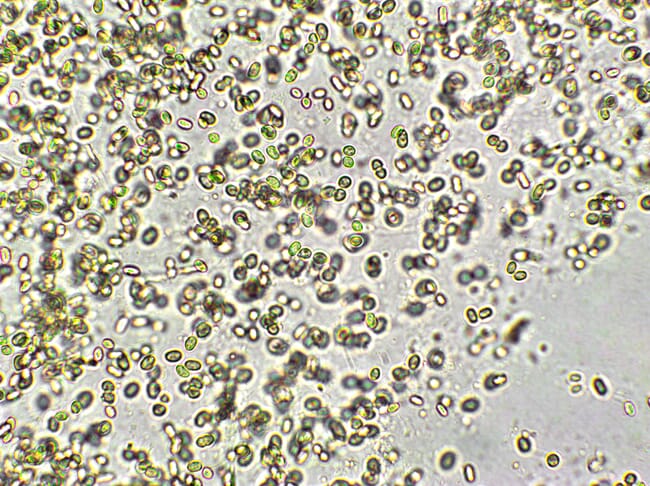
Microalgae may be able to play an important role in cleaning up carbon dioxide pollution © Elif Bayraktar
According to a news release from Ocean Visions, the digital road maps are designed to accelerate responsible research and development for ocean-based solutions to the climate crisis. Representing the sixth in a growing series, the new road map on microalgae cultivation hopes to catalyse action around the most critical needs to safely advance the field.
Since 2020, Ocean Visions has been working with experts from multiple disciplines, sectors and geographies to build a suite of road maps for carbon dioxide removal (CDR) strategies that are ocean-based. Numerous workshops helped to identify technology readiness, scaling potential, uncertainties, obstacles, opportunities and first-order priorities. The road maps are designed to be updated and refined regularly as advances emerge in science, technology, governance and policy.
Microalgae may be able to play an important role in cleaning up carbon dioxide pollution, but much more research – along with associated funding and equitable governance policies – is necessary to better understand its potential and risks.
“Microalgae have been the engine behind ocean carbon cycling for over a billion years,” says Ocean Visions chief scientist David Koweek, PhD. “This road map brings together all of the ideas people have for how to accelerate this process. By bringing everything together, we can see commonalities, opportunities for innovation, and unique challenges behind microalgae-based technologies.”
The microalgae road map provides a focussed agenda to advance research and development, allowing scientists, engineers, cultivators, entrepreneurs, investors, philanthropists and others across the globe to maximise their contributions.
The latest report from the Intergovernmental Panel on Climate Change (IPCC) makes clear that, even if global emissions are reduced dramatically, the world will still need to find ways to remove existing carbon pollution to avoid the more catastrophic effects of climate change – including existential threats to ocean health.
The effects of the last 170 years of accumulated greenhouse gas emissions are destabilising the entire ocean system. Elevated greenhouse gases trap an enormous amount of extra heat from the sun, over 90 percent of which has gone into the ocean and contributed to the loss of oxygen.

The microalgae road map provides a focussed agenda to advance research and development efforts that will remove legacy carbon from marine environments © Ocean Visions
Additionally, approximately 30 percent of all the excess carbon dioxide has been absorbed into the upper layer of the ocean, causing it to become more acidic. Efforts to restore the health of the ocean cannot be resolved without addressing the overlying driver of harm: far too much carbon dioxide and other greenhouse gas pollution in our air and water.
“Removing legacy carbon pollution is critical to a healthy ocean,” Koweek says. “These road maps will help us better understand how we might be able to enhance some of the ocean’s natural carbon-absorbing superpowers in a way that may help us safely restore both the climate and the ocean.”




